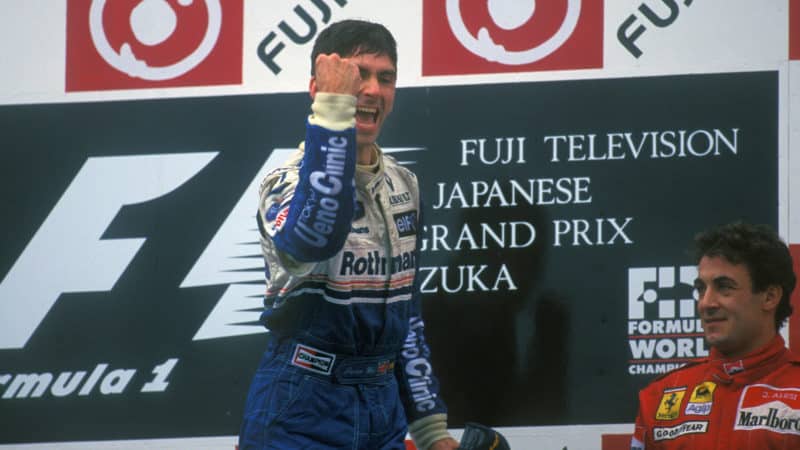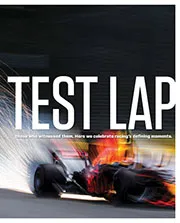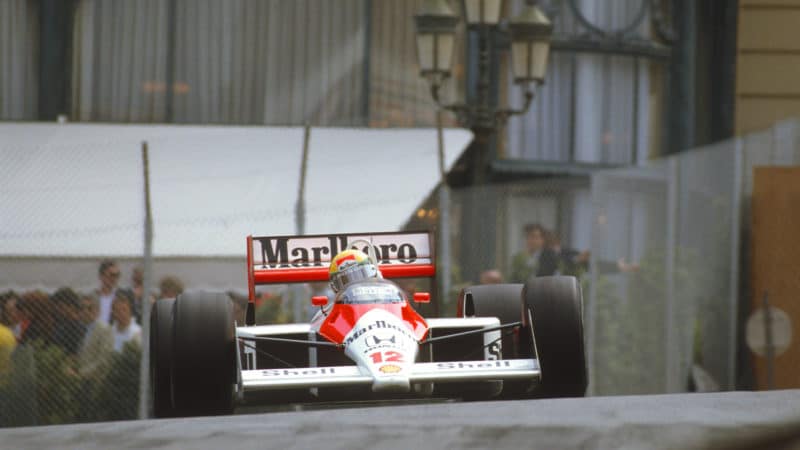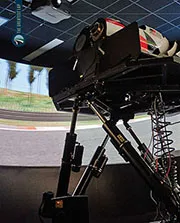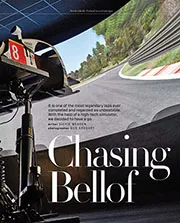Say the words ‘out-of-body experience’ and you might expect grizzled racing drivers to look at you askance. In the macho world of motor sport there is little room for mysticism, but in fact the opposite is true. It would be pushing it to say that belief in some sort of out-of-body experience is the norm among racing circles, but ask around and it becomes clear that it is an accepted as a phenomenon.
Few drivers like to talk about it public (like Hill, Brabham says “It’s not really the sort of thing you talk about in the paddock”), but many recognise it.
Perhaps the most famous example of reaching perfection through an unexplainable power is that of Ayrton Senna’s mythical qualifying lap around the streets of Monaco in 1988. Years after the event, he explained his perfect lap – where he ran 1.427sec faster than his team-mate Alain Prost – by saying was in a different dimension and drove beyond his own “conscious understanding”.
“I was already on pole and I was going faster and faster. One lap after the other, quicker, and quicker, and quicker, and I suddenly realised that I was no longer driving the car consciously.
“I was kind of driving it by instinct, only I was in a different dimension. It was like I was in a tunnel. I was just going, going – more, and more, and more, and more. I was way over the limit, but still able to find even more. Then, suddenly, something just kicked me. I kind of woke up and I realised that I was in a different atmosphere than you normally are. Immediately my reaction was to back off, slow down. I drove back slowly to the pits and I didn’t want to go out any more that day. It frightened me because I realised I was well beyond my conscious understanding.”
The exact meaning of the phrase “conscious understanding” is open to debate, but it seems clear Senna experienced something out of the ordinary – and he wasn’t alone.
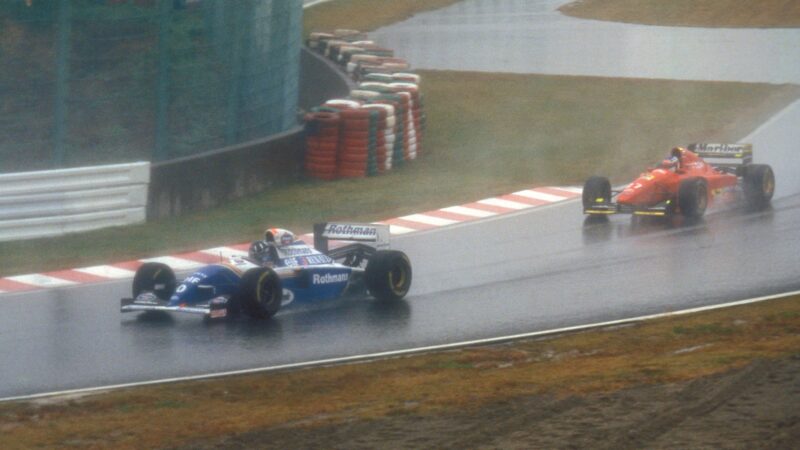
Hill’s charges on at Suzuka
Grand Prix Photo
“I am into double figures now of people who have told me that they have had actual out-of-body experiences and have genuinely been looking down on themselves,” says Clyde Brolin, author of In the Zone: How Champions Think and Win Big, published later this month, which explores the psychology of success in sport. “It is surprisingly common and it seems to affect racing drivers more than most.”
Brolin spoke to dozens of athletes – from tennis players to golfers and gymnasts, as well as drivers – and argues that reaching a state of complete concentration puts sportsmen and women into a state that he refers to as ‘the zone’.
“There are different levels of concentration and it starts with the basic sensation of being on autopilot,” he says. “It seems to happen when all the years of practice and training just flow out and there is nothing stopping it and the athletes let themselves go. It feels as if you are not doing it yourself. This is common to all athletes – not just racing drivers – and has been known about since the 1970s.



